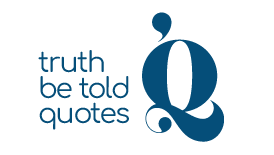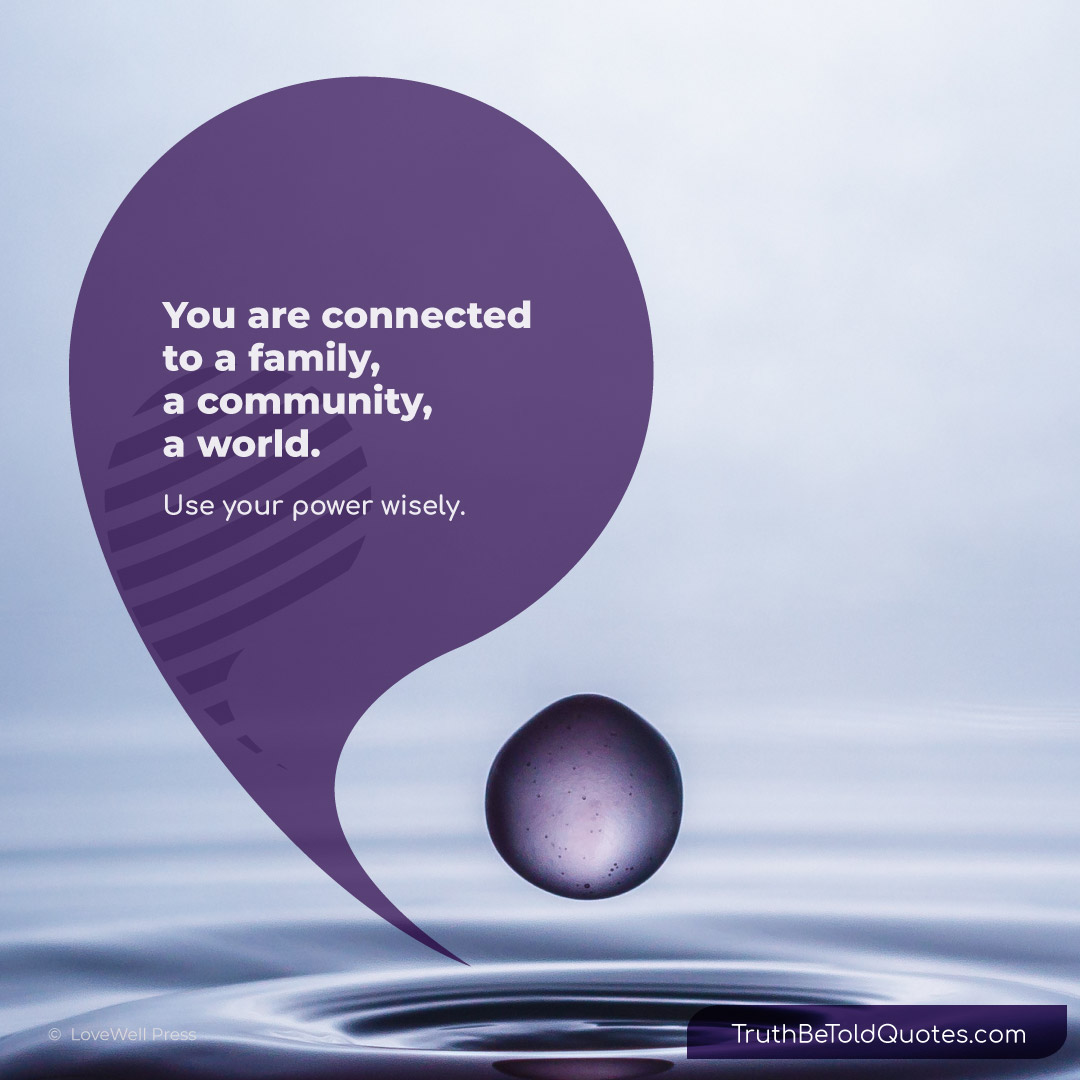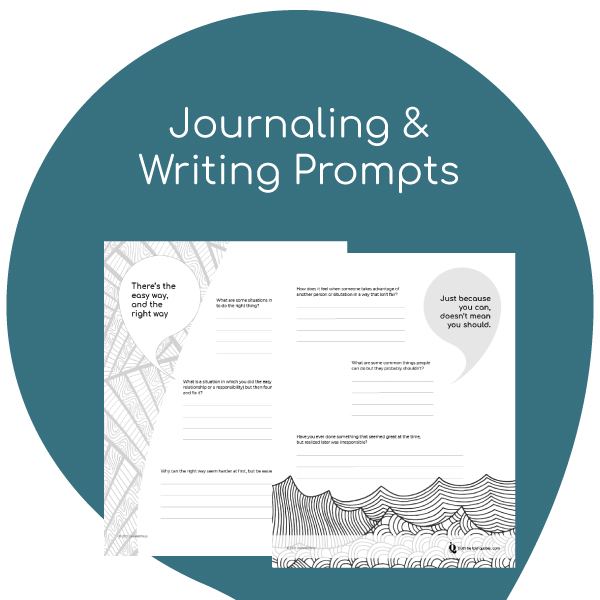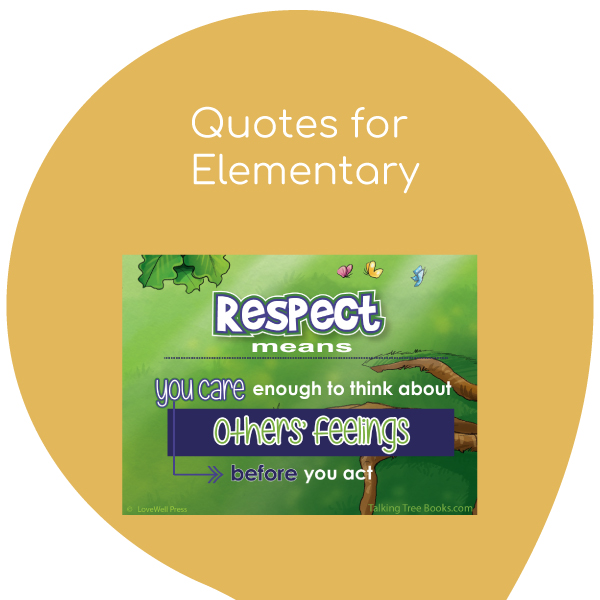
Quotes for teens on life lessons
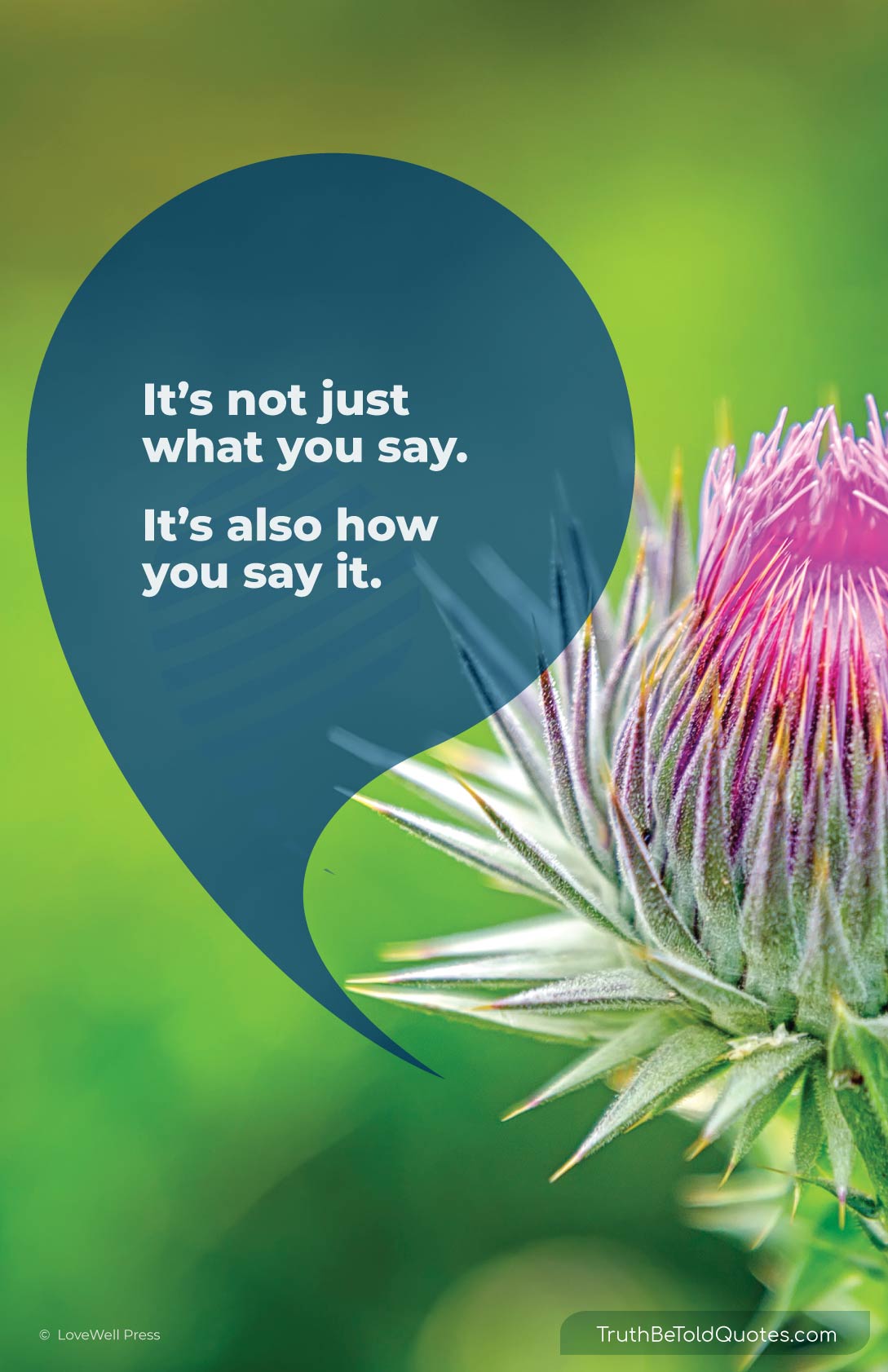
"It’s not just what you say. It’s also how you say it."
-- unknown
“Sure. Ok, boss.”
What could these simple words mean? Maybe they mean,
“Sure. I’m totally ok staying late Friday night to sort the recyclable
cans by color.” Or maybe it was more like, “Sure. Okaaay. I’ll sort
the cans. But not without letting you know I think you’re a total
scobberlotcher.”
Tone and body language speak volumes. And sometimes, we
use them to make our displeasure known. It can feel good to win
back a sense of power by delivering the words we “should” say
along with an annoyed tone or eye roll. But even this lubberwort
of a boss knows her employee just tried to put her down. Most
people don’t take kindly to that. And sometimes, it’s downright
counterproductive.
What you say matters as much as how you say it. When you treat
others with respect, you’re a lot more likely to get the respect
you want in return. And even if your boss doesn’t stop acting like
a gnashnab, you can feel pride in your heart for setting the right
example.
Side note: We don't recommend actually calling your boss a scobberlotcher, lubberwort, or gnashnab, even if they are accurate.
Activities for this quote
Teaching resources
Bring this quote into your classroom with a lesson guide and activities that are ready to use.
Quote Overview / Description
Quote about communicating respectfully
This quote focuses on relationships and communication skills. "It's not just what you say, it's how you say it" reminds young adults that tone and body language can dramatically alter the meaning of what they are communicating. Short phrases in particular, like "OK," "Sure," "Whatever," "I know," can be charged with emotions and defiance, making the words come across as disrespectful.
Tone has Consequences
Communicating displeasure through tone and body language may make a teen feel better in the moment, but it's generally not good for the relationship. Tone and body language messages are coming through loud and clear, and parents, teachers, employers, spouses are likely to feel ( and probably react ) negatively in response.
Check your Intent
Before throwing out a tone, teens might consider what they really want. If their intent is to vent or to be defiant without feeling any consequences, a teen's tone is likely to cause them more harm than good. If their intent is to let someone know they're not happy about something because they want to change it, there are healthier ways to communicate and more effective ways to get what you want.
Discussion questions / Writing Prompts
Questions to prompt discussion, journaling, essays for high school health class and social emotional development lessons:
- Explain how the same words can mean something different depending on how they are said.
- Have you ever said something and someone took it the wrong way? Why do you think it was misunderstood?
- Have you ever said something with a tone or attitude because you wanted someone to know you were annoyed? Did it work? Did it get you the result you wanted?
- When has someone said what you wanted to hear, but said it in a way that seemed like they didn't mean it?
- What are some examples of body language that show displeasure or a closed off attitude? What are some that show an open attitude?
- Have you ever heard an apology that didn't sound like the person meant the words they said? How should a genuine apology sound?
- What do these examples of body language usually communicate? Crossed arms, Eye Roll, Glaring, Hands on hips, Raised eyebrows, Full smile vs pursed lips, Leaning forward
- For each word, describe at least two different ways you could say the words that would change their meaning: "OK", "Fine", "Sorry", "Are you really going to wear that?" "Actually, there are 2,058 pyramids."
Activities
Activities and worksheets for teen SEL / high school health and wellness lessons:
- Conflict Worksheet- In this worksheet, teens think about what they really want, and if what they are doing is helping them get there.
- Tone Changes Meaning Activity- Create a video saying the same word in different tones or with different body language to change its meaning. Try words like "ok", "sure", "I know", "whatever".
Coloring Pages
Download printable coloring pages for a mindfulness activity that features this quote.
Curriculum Topics
High School Health Class / Social Emotional Development Core Curriculum Alignment:
- Interpersonal relationships, healthy relationships
- Communication Skills
- Actions and consequences
- Understanding emotions
Themes
- Respect others as you would like to be respected
- Be aware of your communication skills/style
- Connect actions and consequences
Character Traits/Values
- Self control
- Respect
- Honesty- saying one thing and meaning something else
